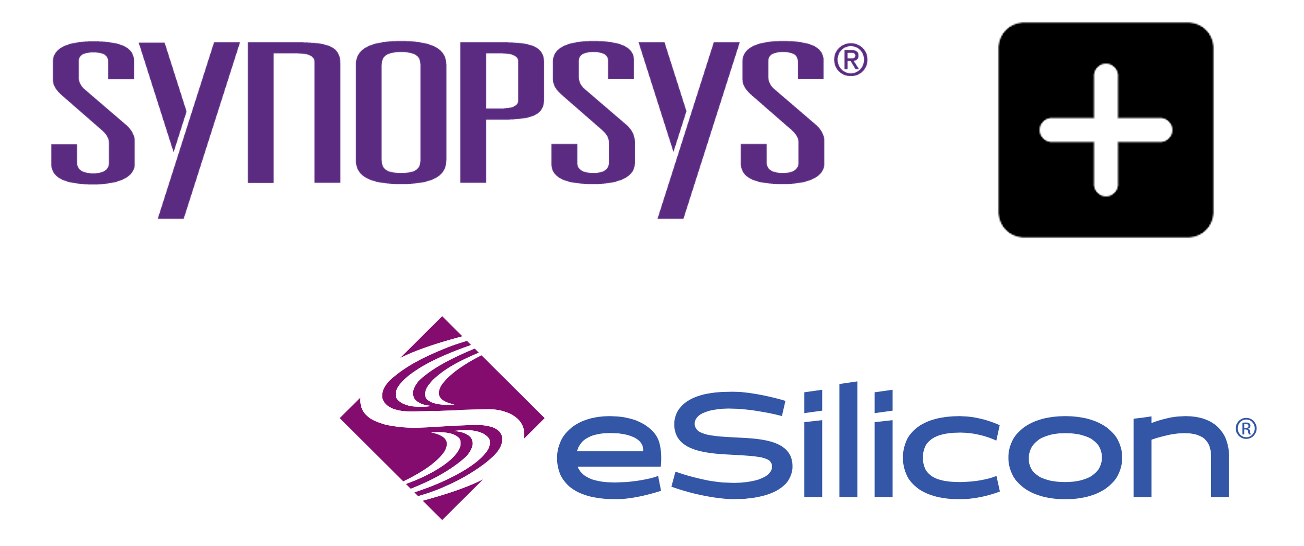
About 90 days ago, Synopsys completed the acquisition of certain IP assets from eSilicon. The remaining entirety of eSilicon was acquired by Inphi Corporation. I was the VP of marketing at eSilicon during that acquisition so it’s very interesting to me to find out how things are going with those certain IP assets. I got an opportunity to find out recently.
I spent some time speaking with Rahul Thukral, senior product marketing manager at Synopsys. Rahul has spent a lot of time in memory design at Mentor Graphics, Virage Logic and Synopsys. We had a spirited discussion about those certain IP assets from eSilicon as the main focus of the team acquired by Synopsys was memory design.
First of all, Rahul reported that 90 days in, the team is completely integrated into Synopsys, including a Google cloud-based design environment that was developed at eSilicon and subsequently became part of the Synopsys acquisition. I’m sure many of you have either been through an acquisition of watched one (on more) closely. To be fully integrated and productive in 90 days or less is quite an accomplishment. I see it as a strong endorsement for the integration skills of Synopsys and the solid methodology and design talent of eSilicon.
Rahul was very complimentary of the eSilicon team – a strong addition to the Synopsys memory design capability that was right on the mark. I know and respect the eSilicon team and it was nice to hear this assessment from an independent point of view. The acquisition included several memory IP titles, including TCAMs and multi-port memory compilers, as well as interface IP with high bandwidth interface (HBI) support. I will cover the comments around ternary content-addressable memories (TCAMs) here. This is a key growth area for Synopsys, as it was for eSilicon and is a good proxy for the other memory products.
For the uninitiated, a TCAM essentially operates in an inverse manner of a regular memory. In a regular memory, one provides an address and the memory returns the contents of that address. In a TCAM, one provides the content of interest and the TCAM returns the address(es) where that content is stored. TCAMs find widespread use in networking applications, where it’s important to quickly keep track of source and destination addresses for network packets. Rahul explained that the addition of eSilicon’s TCAM products had an “instant impact” on the Synopsys portfolio.
Prior to the acquisition, Synopsys was focusing on high-density TCAMs and eSilicon was focusing on high-speed TCAMs. Merging these two differentiating capabilities makes for a strong market position. Synopsys had a design philosophy of building software compilers to create the various instances of their memory products. eSilicon had the same philosophy, making the integration task easier. Synopsys can now offer greater than 2 GHz operation in the latest technology – a strong result. Beyond performance, power is also an important consideration. Rahul explained that some networking chips can have hundreds of TCAMs. If they all start firing at once, a phenomenon known as “power ringing” can occur. This essentially creates a nightmare signal integrity problem. The eSilicon team had a strong focus on power optimized designs, as did the Synopsys team. More good synergy.
I probed a bit with Rahul about other applications that benefit from TCAMs. It turns out automotive is also a hot market for this technology. There are multiple electronic control units (ECUs) in a typical car today. The powertrain, passenger comfort, infotainment and driver assistance are just a few examples of on-board ECUs that must all be networked together to create a unified driving experience. If this is starting to sound like a networking application, it is, and TCAMs help a lot here.
Thanks to the Synopsys focus on automotive functional safety and reliability, TCAM technology can be deployed in the automotive market. There is a substantial investment in certification to address this market, such as ISO 26262. Synopsys has made that investment. The addition of built-in self-test (BIST) for TCAMs for the consumer and automotive markets is an important growth area as well and one that Synopsys is also focused on.
Overall, I felt quite good after my discussion with Rahul. When we first examined the potential transaction between Synopsys and eSilicon, the compatibility and synergy of the two teams seemed quite strong on paper. It’s nice to see it worked out that way in real life.
Also Read:
Synopsys is Changing the Game with Next Generation 64-Bit Embedded Processor IP
IP to SoC Flow Critical for ISO 26262
Share this post via:






Comments
One Reply to “Synopsys – Turbocharging the TCAM Portfolio with eSilicon”
You must register or log in to view/post comments.